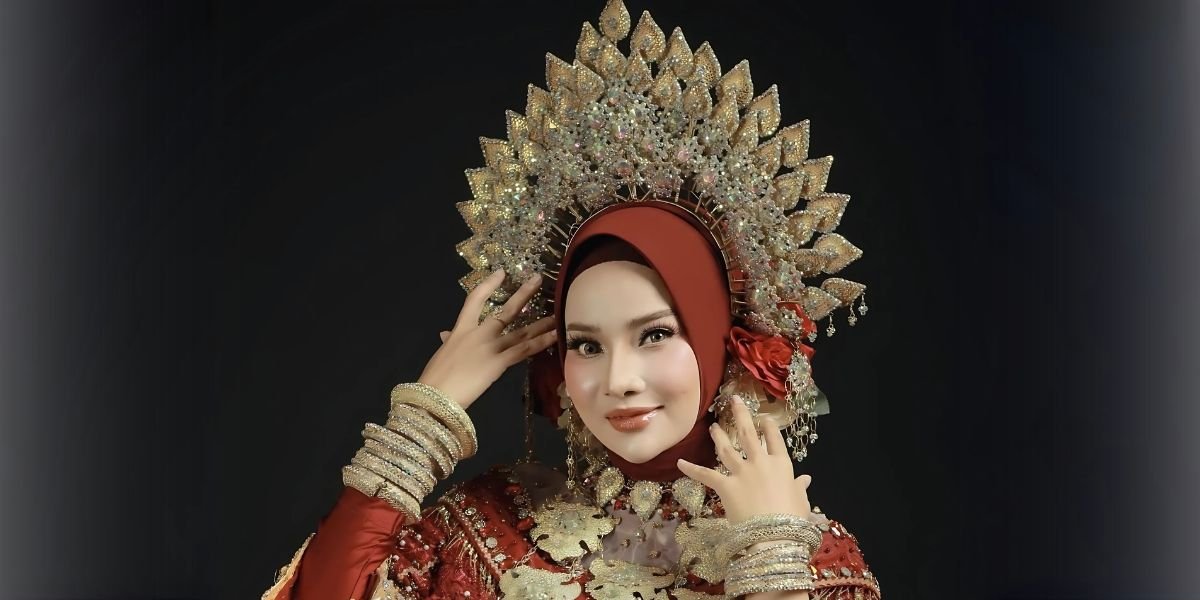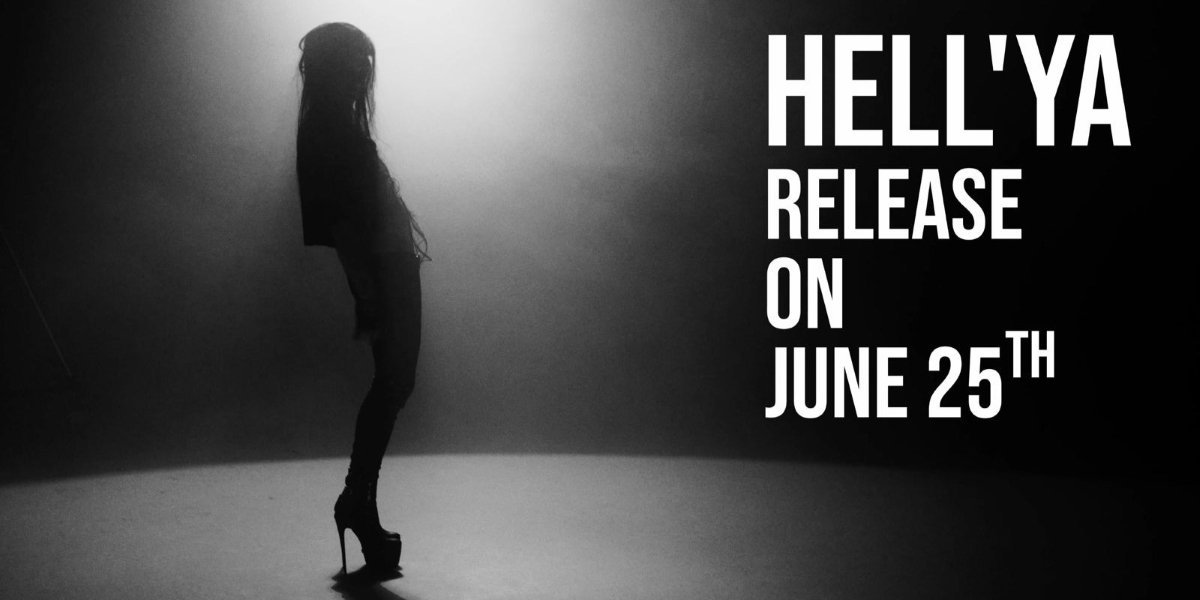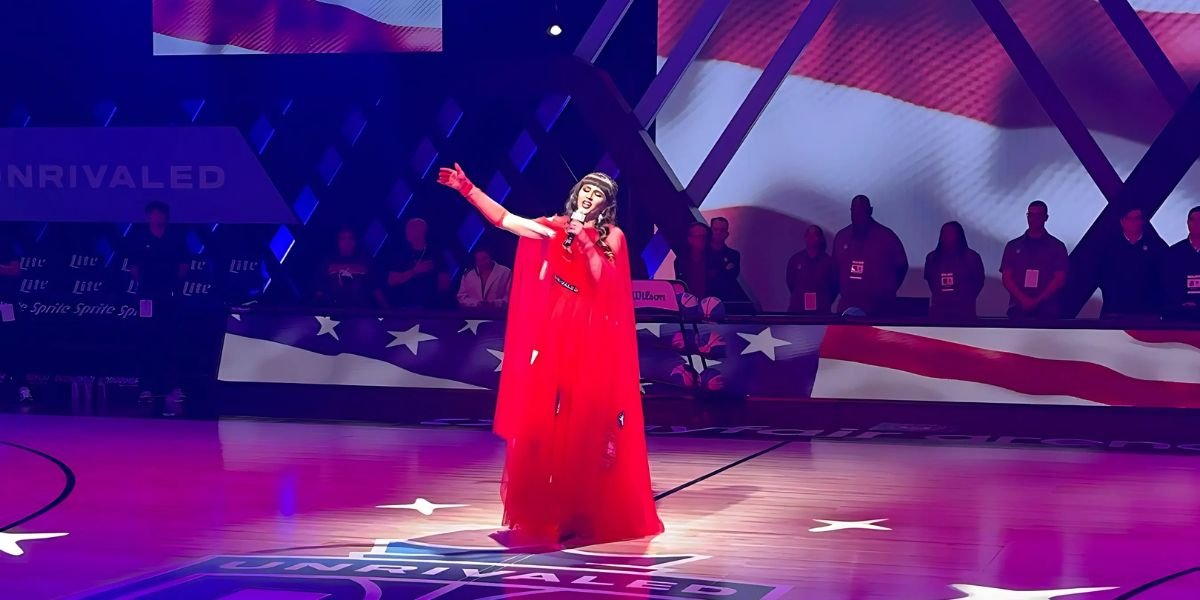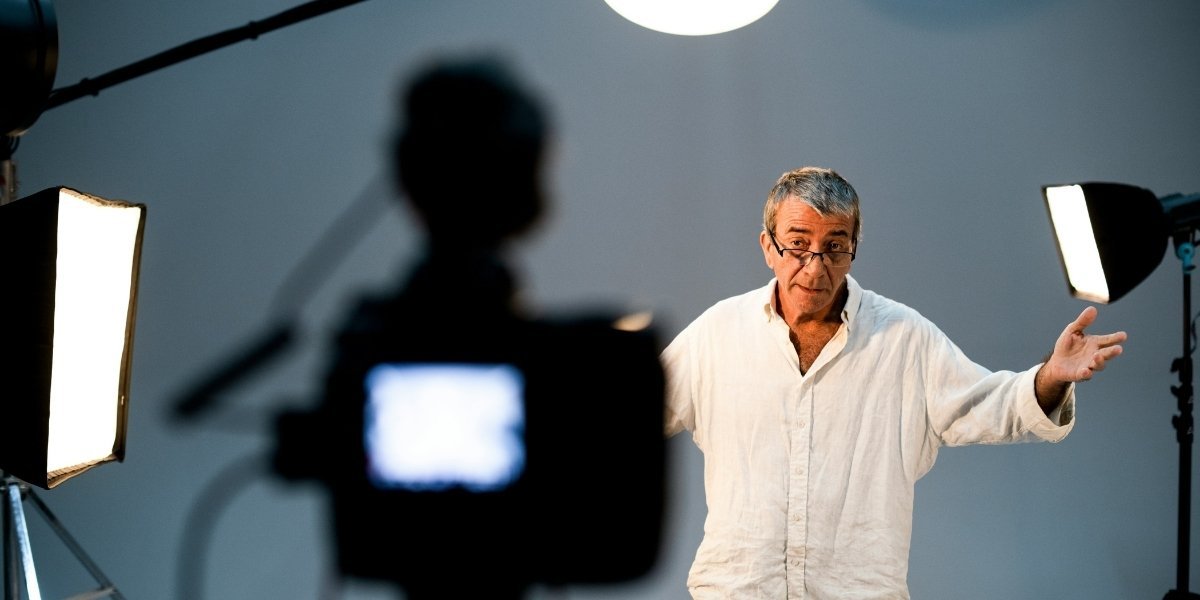The role of women in Hollywood has undergone a remarkable transformation over the past century. From being typecast into limited, stereotypical roles to breaking barriers in directing, producing, and leading roles, women have made significant strides in an industry historically dominated by men. However, while progress has been made, challenges such as pay disparity, underrepresentation, and ageism persist. This article will explore the changing role of women in Hollywood, the impact of modern movements, and the ongoing challenges women face in the film industry.
Historical Representation
In the early days of Hollywood, women were often portrayed in narrow, stereotypical roles. Female characters were frequently depicted as damsels in distress or confined to traditional gender roles like homemakers, wives, or love interests. These portrayals reflected broader societal views of women during the time and reinforced gender stereotypes on-screen. The Golden Age of Hollywood, while glamorous, was also rife with typecasting. Actresses like Marilyn Monroe and Rita Hayworth were seen as symbols of hyper-femininity and were often cast in roles that emphasized their physical appearance rather than their talents.
Behind the camera, opportunities for women were scarce. Female directors, producers, and screenwriters were virtually nonexistent in mainstream cinema, and the industry remained predominantly male-driven. Women who did work in Hollywood were usually confined to lower-tier roles such as script supervisors, costume designers, or editors.
Modern On-Screen Representation
In the modern era, the portrayal of women on-screen has expanded significantly. Female characters are now often depicted as multidimensional individuals with complex motivations, reflecting the changing attitudes toward gender equality in society. Films such as Wonder Woman, The Hunger Games, and Mad Max: Fury Road showcase strong, empowered female protagonists leading major franchises. These films have proven that female-led movies can be commercially successful and critically acclaimed.
Women are no longer confined to traditional roles; they are breaking stereotypes and taking on roles that were previously reserved for men. Whether it’s in action, drama, or comedy, women are leading the charge with diverse characters that challenge gender norms. Characters like Furiosa in Mad Max: Fury Road, Katniss Everdeen in The Hunger Games, and Carol Danvers in Captain Marvel represent a shift toward more diverse and empowered portrayals of women in cinema.
Women in Leadership Roles
Behind the scenes, women are also making strides in leadership roles, including directing, producing, and screenwriting. Filmmakers like Greta Gerwig, Ava DuVernay, Kathryn Bigelow, and Patty Jenkins have proven that women can helm major motion pictures and succeed in a traditionally male-dominated space. Greta Gerwig’s Lady Bird and Little Women, for example, were both nominated for multiple Academy Awards, and Ava DuVernay became the first African-American woman to direct a film with a budget over $100 million with A Wrinkle in Time.
The increasing presence of women in leadership roles is creating space for more diverse stories to be told. Female screenwriters like Diablo Cody (Juno), Lena Waithe (Master of None), and Phoebe Waller-Bridge (Fleabag) are bringing fresh perspectives to Hollywood. These voices are essential in pushing the industry towards inclusivity, both on-screen and behind the camera.
Various industry initiatives, such as “50/50 by 2020,” aim to improve gender parity in Hollywood by advocating for more opportunities for women in key leadership roles. These efforts are critical for ensuring that women continue to break barriers and shape the future of cinema.
Impact of the #MeToo and Time’s Up Movements
One of the most significant cultural shifts in recent Hollywood history has been the emergence of the #MeToo and Time’s Up movements. Sparked by revelations of widespread sexual harassment and abuse in the entertainment industry, these movements have amplified women’s voices and demanded greater accountability for misconduct.
Cultural Shift: The #MeToo and Time’s Up movements have brought attention to the systemic issues facing women in Hollywood, from gender-based discrimination to harassment. These movements have inspired women to speak out about their experiences, leading to high-profile resignations and changes in how companies handle such allegations.
Structural Changes: Beyond addressing harassment, the movements have also called for greater equality in pay, representation, and opportunities. Companies are being pushed to create safer workplaces and advocate for gender parity, ensuring that women have equal opportunities to thrive in the industry.
Breaking the Silence: The bravery of women coming forward with their stories has led to a broader discussion about the importance of representation, safety, and equality. The movements have highlighted the power imbalances that exist in Hollywood and have sparked lasting changes within the industry.
Challenges Still Faced
While progress has been made, many challenges remain for women in Hollywood.
Pay Disparity: Women in Hollywood continue to earn less than their male counterparts, even when they lead successful films. High-profile examples, such as the pay gap between Michelle Williams and Mark Wahlberg for All the Money in the World, have brought attention to the issue, but pay disparity persists across the industry.
Underrepresentation in Key Roles: Although more women are working as directors, producers, and writers, they are still underrepresented in these key roles, particularly women of color. The majority of big-budget films are still directed by men, and women face greater barriers in being hired for prestigious projects.
Ageism: Older women in Hollywood face a particular challenge, as leading roles for women over 40 are much rarer than for men in the same age group. Actresses like Meryl Streep and Helen Mirren have spoken out about the lack of opportunities for older women, highlighting how ageism and sexism intersect in the industry.
Cultural and Global Influence
The impact of women in Hollywood extends beyond the United States, influencing global cinema and cultural norms.
Female-Led Global Cinema: International female filmmakers, such as Chloe Zhao (Nomadland), Nadine Labaki (Capernaum), and Agnès Varda (Faces Places), have gained recognition and influenced Hollywood narratives. These directors bring diverse storytelling techniques and cultural perspectives to their work, shaping the future of global cinema.
Impact on Future Generations: The increasing visibility of women in leadership roles, both on-screen and off, serves as inspiration for young girls and women worldwide. Films that feature strong, multidimensional female characters challenge traditional gender roles and encourage young audiences to see themselves in positions of power.
Global Movements for Equality: Hollywood’s influence on media has also played a role in broader global movements for gender equality. As women in the entertainment industry push for more opportunities, they also help shift societal expectations around gender roles, influencing change beyond the screen.
Technological Advancements and Digital Media
Technological advancements and the rise of digital media have opened new doors for women in Hollywood.
Influence of Streaming Platforms: Streaming services such as Netflix, Hulu, and Amazon Prime have created more opportunities for female-led content, bypassing traditional Hollywood gatekeepers. Shows like The Handmaid’s Tale and Fleabag have found great success on these platforms, offering women more creative control.
Social Media Advocacy: Women in Hollywood are leveraging social media platforms to advocate for gender equality, amplify their voices, and promote female-driven projects. This new form of communication allows actresses, directors, and writers to bypass traditional media channels and directly connect with fans.
Women in Action and CGI Films: Advances in CGI and action film technology have also contributed to more diverse portrayals of women in physically demanding roles. Characters like Wonder Woman, Black Widow, and Captain Marvel demonstrate that women can lead blockbuster action films, expanding the range of roles available to women.
The role of women in Hollywood has evolved significantly over the years, with more women breaking into leadership positions, taking on complex roles, and pushing for industry-wide changes. Despite this progress, challenges such as pay disparity, underrepresentation, and ageism continue to impact women in film. However, with the ongoing efforts of movements like #MeToo and the rise of female directors, producers, and actors, the future of Hollywood is poised to become more inclusive and representative. Women in Hollywood are not only changing the landscape of the entertainment industry, but they are also inspiring future generations of storytellers to continue pushing the boundaries of what is possible in film.








